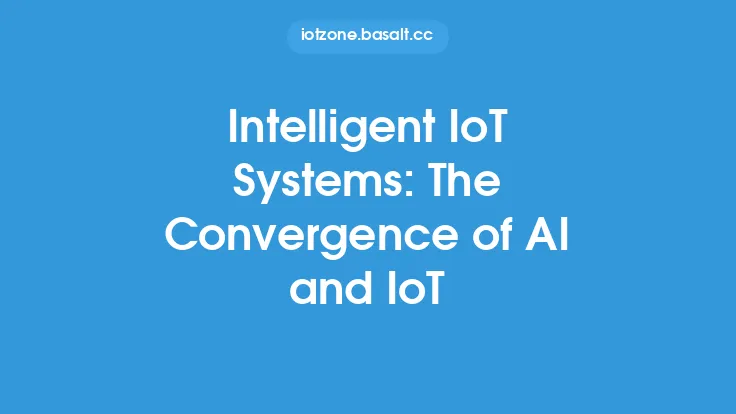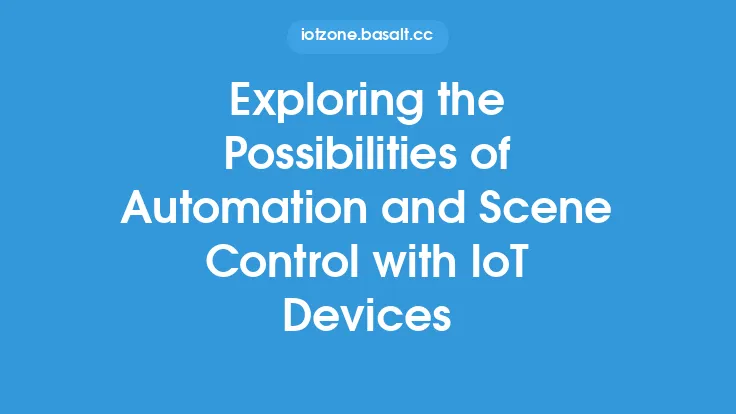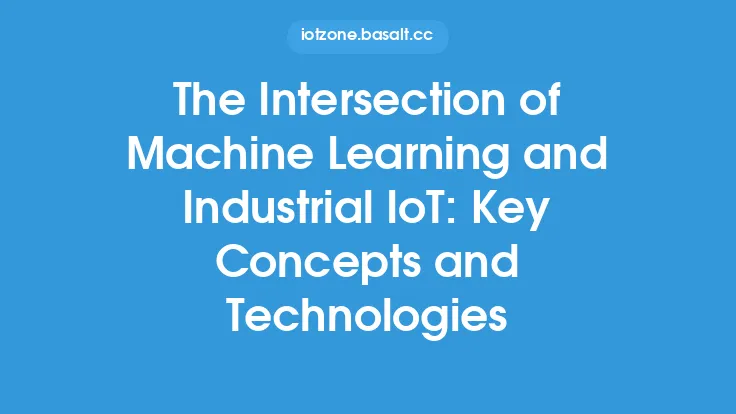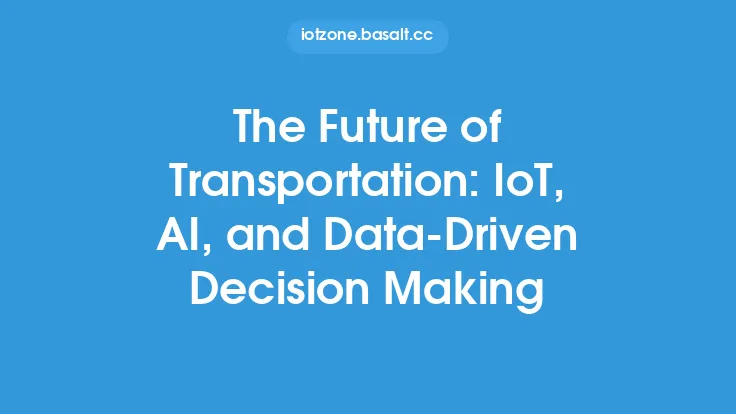The advent of the Internet of Things (IoT) has ushered in a new era of technological advancements, transforming the way industries operate and interact with their environment. At the forefront of this revolution is the concept of autonomy, where intelligent systems can operate independently, making decisions and taking actions without human intervention. This convergence of IoT and autonomous systems is poised to revolutionize various sectors, from manufacturing and logistics to transportation and healthcare.
Introduction to Autonomous Systems
Autonomous systems are characterized by their ability to perceive their environment, make decisions, and take actions based on that perception. These systems rely on a combination of sensors, algorithms, and communication protocols to interact with their surroundings and achieve their objectives. In the context of IoT, autonomous systems can be integrated with various devices and sensors to create a network of intelligent entities that can collaborate and adapt to changing conditions.
Key Technologies Enabling Autonomy
Several key technologies are driving the development of autonomous systems in IoT. These include:
- Artificial Intelligence (AI): AI algorithms enable autonomous systems to learn from their environment, make decisions, and adapt to new situations. Machine learning, a subset of AI, allows systems to improve their performance over time based on data and experience.
- Internet of Things (IoT) Devices: IoT devices, such as sensors, actuators, and cameras, provide the data and interaction capabilities necessary for autonomous systems to perceive and act upon their environment.
- Communication Protocols: Standardized communication protocols, such as MQTT, CoAP, and HTTP, enable devices and systems to exchange information and coordinate their actions.
- Edge Computing: Edge computing allows for real-time processing of data closer to where it is generated, reducing latency and enabling faster decision-making in autonomous systems.
Applications of Autonomous Systems in IoT
The applications of autonomous systems in IoT are diverse and widespread, transforming industries in profound ways:
- Manufacturing and Logistics: Autonomous robots and drones can optimize production workflows, manage inventory, and improve supply chain efficiency.
- Transportation: Autonomous vehicles, from cars to drones, are being developed to enhance safety, reduce congestion, and improve mobility for the elderly and disabled.
- Healthcare: Autonomous systems can monitor patient health, provide personalized care, and assist in surgical procedures, leading to better outcomes and reduced costs.
- Agriculture: Autonomous farming equipment can optimize crop yields, reduce waste, and improve the efficiency of farming operations.
Challenges and Limitations
Despite the potential of autonomous systems in IoT, several challenges and limitations must be addressed:
- Security: Autonomous systems can introduce new security risks, as their ability to make decisions and act independently can be exploited by malicious actors.
- Ethics: The development of autonomous systems raises ethical questions about accountability, privacy, and the potential for bias in decision-making algorithms.
- Interoperability: Ensuring that different autonomous systems can communicate and coordinate with each other seamlessly is a significant technical challenge.
- Regulation: Governments and regulatory bodies are still grappling with how to oversee the development and deployment of autonomous systems, balancing innovation with safety and public trust.
Future Directions
As the technology continues to evolve, we can expect to see even more sophisticated autonomous systems integrated into various aspects of our lives. Advances in AI, edge computing, and IoT device capabilities will enable more complex and coordinated autonomous behaviors. Furthermore, the integration of autonomous systems with other emerging technologies, such as blockchain and 5G networks, will open up new possibilities for secure, efficient, and widespread adoption.
Conclusion
The autonomous revolution, powered by the convergence of IoT and intelligent systems, is transforming industries and redefining the boundaries of what is possible. While challenges and limitations exist, the potential benefits of autonomy in terms of efficiency, safety, and innovation are undeniable. As we move forward, it will be crucial to address the ethical, security, and regulatory implications of autonomous systems to ensure that their development and deployment align with societal values and promote a better future for all.





